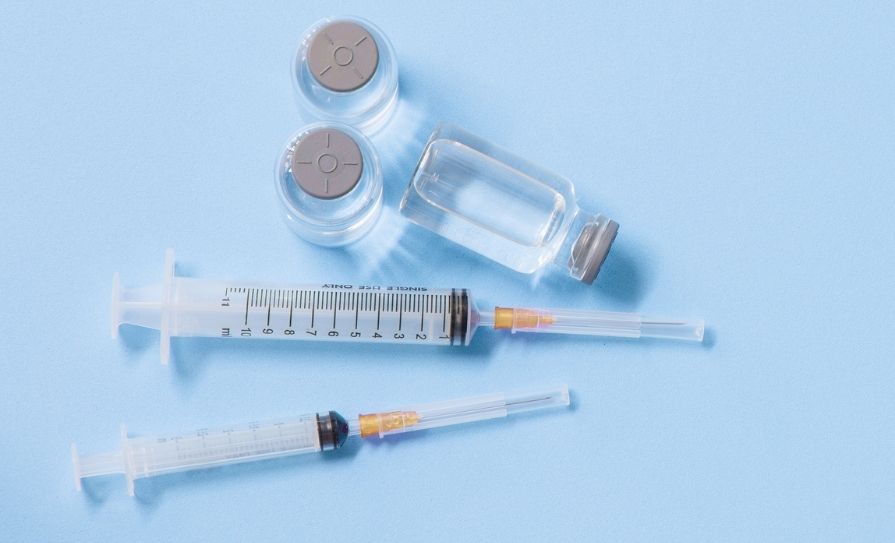The 26th Congress of the European Association of Hospital Pharmacists (EAHP) was recently the backdrop for the launch of the results from the Association’s first Special Interest Group (SIG) focusing on Hazardous Medicinal Products.
The SIG was tasked with examining national strategies and requirements across Europe for the management of hazardous medicines, identifying best practices, promoting better sharing and implementation of these practices between countries, and stimulating heightened awareness by governments and EU regulators of the critical impacts that hazardous medicinal products may have in relation to healthcare workers’ and individuals’ health and safety, and the accompanying need for urgent action on the topic.
Between February 2021 and February 2022, the SIG focusing on Hazardous Medicinal Products collected information on the classification of hazardous medicinal products and their handling in Europe through desk research, horizon scanning activities, as well as surveys of hospital pharmacists’ views at individual and national levels.
This work was complemented by the knowledge and experience of the SIG members and led to the creation of a European definition for the term ‘hazardous medicinal product’, and recommendations to improve their classification and handling. EAHP President Mr András Süle welcomed the publication of the report by thanking the SIG.
“The SIG’s valuable contributions and the engagement of its members throughout the past year have undoubtedly triggered the discussion around closing gaps by identifying classification systems around Europe, creating a European model and a definition of the term ‘hazardous medicinal products’ applicable to the European treatment landscape,” he said.
“My thanks are not only addressed to the members of this SIG, but also extend towards all the chief pharmacists across Europe and EAHP’s member associations that contributed to the survey activity in autumn 2021.” Hospital pharmacists who attended the launch learned that there is no European definition for hazardous medicinal products and no clear European-wide guidance on their management.
They exchanged with Ms Joan Peppard and Mr Falko Schüllner, who presented the SIG results, on the high awareness across EAHP’s member countries about hazardous medicinal products and the significant efforts that were made at an institutional level into the management of hazardous medicinal products thanks to the work of pharmacists over the years. However, despite these efforts, both speakers stressed at the launch that there remains an exposure risk to healthcare workers and caregivers that needs to be addressed.
Reflecting on the work of the SIG, the Chair of the SIG Ms Peppard highlighted that “the conclusion of the SIG’s work is very timely for EAHP’s advocacy activities linked to hazardous medicinal products. I hope that the findings of the SIG will help improve the handling of these products in Europe and will feed into the work of the European Commission focused on the development of a definition, the establishment of an indicative list of hazardous medicinal products, and the creation of guidance material for the safe management of hazardous drugs products.”







